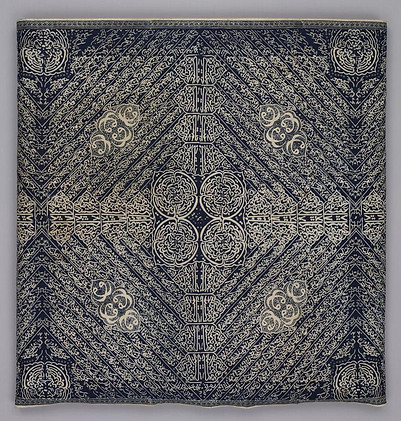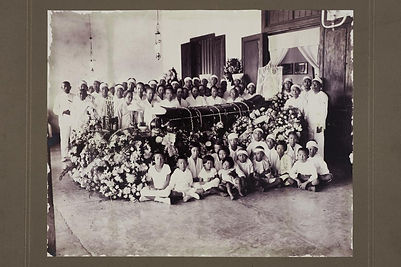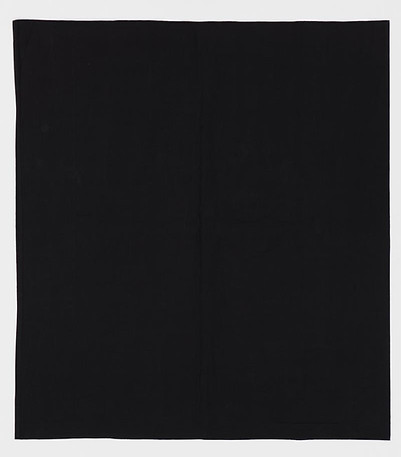
TaoisM
Upon arrival, attendees should greet the family and let them know that they would like to pay respects to the departed. While offering incense to the departed, it is customary to bow three times. You may also notice a bunch of red thread on the table. Tie one loosely around your finger and discard it only after the funeral before you enter home. There may also be coins wrapped in red paper. You may take one but spend this money immediately. Some funerals may also provide blessed or holy water. There will be buckets of clean water with flowers floating on top. You may use the water to perform a simple cleanse before heading home. When departing, you should do so quietly. It is believed that saying goodbye would invite the deceased to visit your home. Nevertheless, it is respectful to leave a dignified event quietly.
HINDUISM
When one pays their respects to the deceased, incense is often lit and offered at most Hindu funerals. This practice may be accompanied by chants and the symbolic lighting of a fire.
Hindu funerals often open caskets and attendees are welcome to view the body. As the body is considered sacred during this process, attendees will pray over the body, present flowers and even touch the feet of the deceased to receive blessings. Non-Hindus may present flowers as well but need not say the prayers.
iSLAM
Attendees should ensure that they are not in the way of any preparations. Muslims may join in with prayers, while non-muslims may wait outside or stay to listen. A silent prayer, a simple farewell, or a moment of silence is appropriate to pay respects to the deceased.

Untitled
1910s or 1920s
Gelatin Silver Print
35 x 41 cm
Collection of Peranakan Museum
A photograph of a group of mourners surrounding a coffin dressed in white. For Hindus, it is advised to avoid wearing bright colours.
Credit: Picture from Roots.sg

Muslim Cap
1920 - 1930
Cotton
107 x 96 cm
Collection of Peranakan Museum
Plain black clothes were worn during the mourning period of about 3 years, such as a cotton sarong. This is worn alongside a black kebaya and dark coloured beaded slippers.
Credit: Picture from Roots.sg

Sandals used in Tiandihui initiation ceremony
Early 20th Century
Straw (plant material)
Collection of National Museum of Singapore
Straw sandals were once used to symbolise a symbolic leap across the river of hell; today, they are worn by male descendants of the deceased at funerals.
Credit: Picture from Roots.sg

Muslim Cap
20th Century
Cloth
13 x 26 cm
Collection of Indian Heritage Centre
Muslim caps are usually worn during prayers by the male to show respect.
Credit: Picture from Roots.sg

Calligraphic Batik Cloth
Early-mid 20th century
Cotton
H262.5 x W89 cm
Collection of Asian Civilisation Museum
These are for ceremonial and talismanic purposes - attributing with sacred, protective and occasional supernatural powers and often used in battle or illness, or when divine guidance was required.
Credit: Picture from Roots.sg